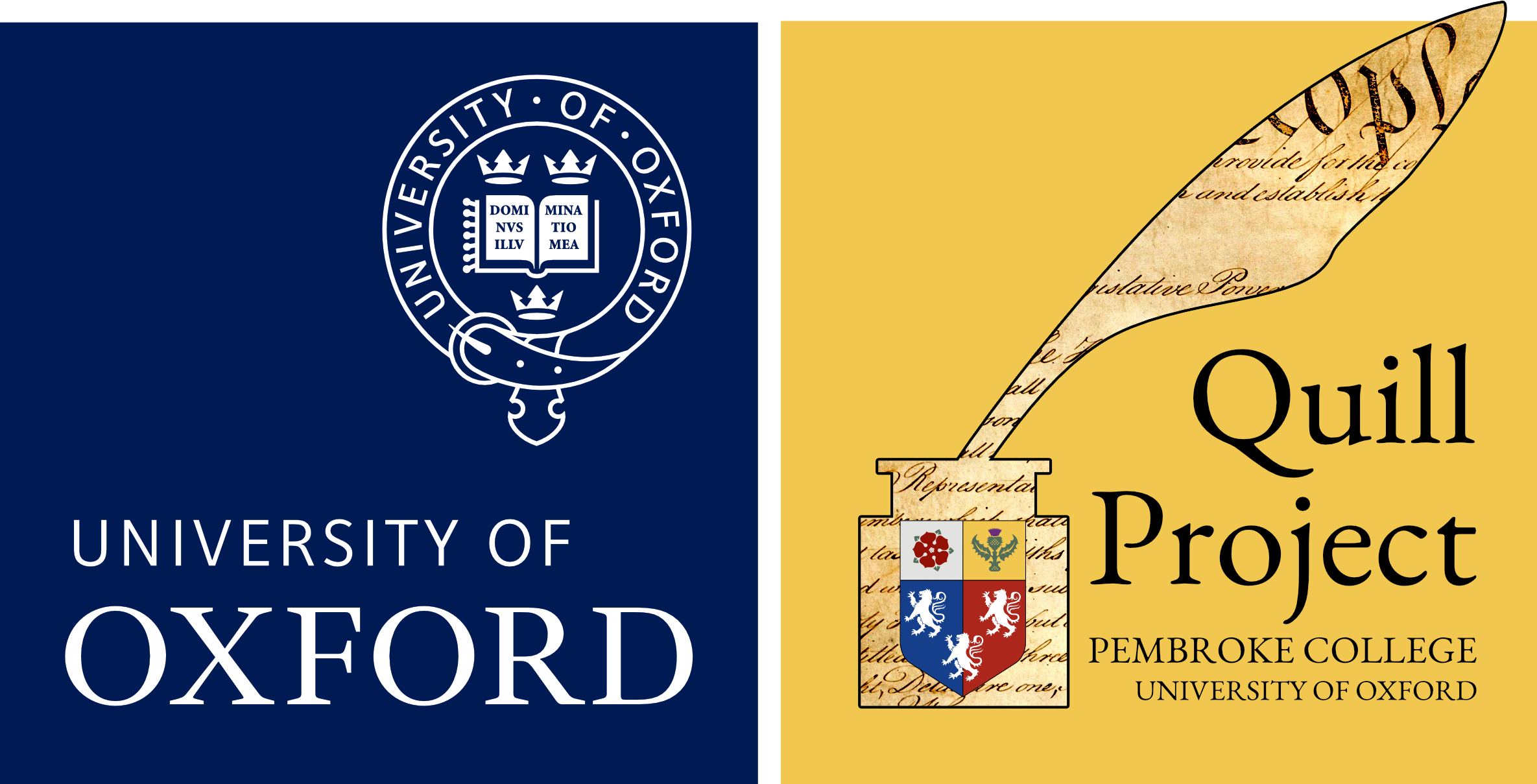A Brief Guide to the Utah State Constitution 1895
A brief guide > The Quill approach > Meet the team > Access the platform
Key Themes
Women’s suffrage
Prohibition
Use of lands
In 1847, a group of members from the church of Jesus Christ of Latter-day Saints, led by Brigham Young, settled in the land that would become the state of Utah. What followed was nearly five decades of repeated attempts to achieve statehood.
Two years after the LDS settlement was established and one year after the land – which had previously been claimed by Mexico – was ceded to the U.S. after the Mexican War, the proposed State of Deseret made its application for statehood. This application failed, due to the proposed state’s large size (it was comprised of a majority of the land in the modern-day Southwest) and its small enfranchised population. Instead, the smaller Utah territory was created in 1850.
Unlike the State of Deseret, the Utah Territory had a secular government, imposed by the federal government to ‘oversee law and order.’ The possibility of statehood became tied to the issue of polgygamy, as the Republican platform of 1865 sought to outlaw both slavery and polygamy. It is because of this practice that five subsequent applications for statehood were denied.
In 1890, the LDS church renounced polygamy, and Utah was granted permission by the federal government to proceed with writing a constitution on the condition that that constitution embrace a separation of church and state.
The Utah Constitution was drafted at a Convention in Salt Lake City that lasted from March 1895 to May 1895. The people of Utah ratified the constitution in November 1895, and in 1896, following decades of repeated attempts at achieving statehood, Utah was admitted as the forty-fifth state of the United States of America.
To this day, this constitution remains the only one in Utah history, although it has been amended several times.
Did you know?
State constitutions are often longer than the federal constitution and focus more on limiting rather than granting powers. The Federal Constitution is the ‘supreme law of the land’, so in keeping with Amendment X of the Bill of Rights, all ‘powers not delegated to the United States by the Constitution, nor prohibited to it by the states, are reserved to the states respectively, or to the people.’
Key Figures
John Henry Smith
President of the Convention
David Evans
Supporter of women’s suffrage
Brigham H. Roberts
Opponent of women’s suffrage
Charles Stetson Varian
Convention parliamentarian and expert on law
Samuel R. Thurman
Shaped the article on the judiciary
Key Dates and Stages
First proposition is proposed - 11 March 1895
Articles referred from committees to Convention - 16 March 1895 - 30 April 1895
Convention determines the scope of the Constitution - 18 March 1895
Convention sets deadline for introducing propositions - 19 March 1895
Articles I-IV referred to the Committee on Engrossment and Enrollment - 1 May 1895
Articles V-VI referred to the Committee on Engrossment and Enrollment - 3 May 1895
Articles VII-X referred to the Committee on Engrossment and Enrollment - 4 May 1895
Articles XII-XVIII referred to the Committee on Engrossment and Enrollment - 5 May 1895
Articles XIX-XXIV referred to the Committee on Engrossment and Enrollment - 7 May 1895
The Constitution engrossed and referred back to the Convention - 7 May 1895
The Constitution signed and referred to the people for ratification - 8 May 1895


